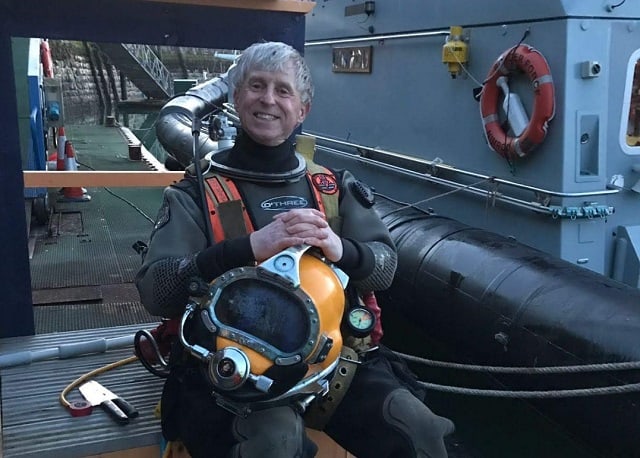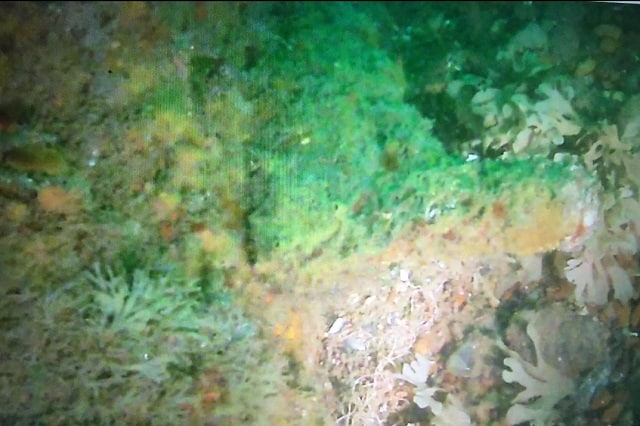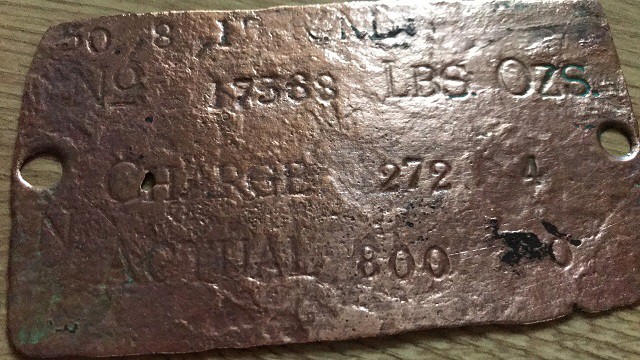
A Thanet diver has found a Naval mine off the coast of Ramsgate.
Paul Aaronovitch, from Ramsgate, says the explosive was a couple of miles off the shoreline and stood around 4ft high.
It is the third mine Paul has found in his 20+ year diving career, along with a composite Drake gun from a 17th century Dutch trading ship wreck at the Goodwin Sands and a B17 bomber aircraft that went down in World War Two.
Previously Paul, 56, has found mines off Deal and around 20 years ago at the site of a sunken World War One hospital ship in the Dover Straits.

The HMHS Anglia hit a mine laid by a German U-boat in November 1915 and sank within 15 minutes with the loss of more than 130 lives.
In October 2014, there were calls for the wreck of the ship to be designated a war grave. In March 2017 the wreckage of the HMHS Anglia was declared an official war grave, making it illegal to remove or disturb any human remains at the wreck site.
Paul said: “The mine was next to the hospital ship off Dover and it was massive. It is still there and the ship is now protected although I worry that the P&O ferry goes over that ship every day.
“It is located in 32 metres of water. The Coastguard was contacted on the first two occasions, there was a conversation with the defence diving school and then the Royal Navy but no action was ever taken on either mine.”

The composite cannon is now part of a Royal Armouries 17th Century marine salvage project.
In documentation for the cannon, it says: “Donated by the Receiver of Wreck on 8th August 2014. Found on or near Goodwin Sands and reported by Mr Aaronovitch, who kindly waived his right to a salvage award.
“Built up of copper alloy and iron, probably soldered using lead alloy. The copper alloy covering is ornamented with bands of interlace at the main mouldings and cascabel, including button. It is provided with dolphins. According to the inscription behind the vent, it weighs 260 Amsterdam pounds.”

Paul says he waived his fee after being told the cannon had to undergo extensive treatment to remove chloride ions from metallic relics recovered from sea water but is disappointed that the exhibit does not bear the promised plaque with his name as finder, adding: “There was no plaque on there, I went to the museum with friends two years after (the find) and it wasn’t there and they thanked someone else!”
The latest mine discovery at Ramsgate will be reported to the Receiver of the Wreck which deals with cases of voluntary salvage wreck material across the UK.

